Iraq Brings The Mosul Cultural Museum Back To Life
By Something CuratedAmbitious restoration plans for Iraq’s Mosul Cultural Museum (MCM) and its invaluable collection have been announced this month. The initiative highlights the site’s significance within architectural and world history and places the museum at the centre of the region’s cultural and community regeneration. The second largest museum in Iraq, following Baghdad’s National Museum, the institution was founded in 1952 with the purpose of narrating the rich tale of northern Iraq, a story that holds immense global significance as it encompasses the earliest stages of written history. Mosul had a strategic location, connecting China to the east with the Mediterranean to the west, and Anatolia to the north, with Mesopotamia to the south.
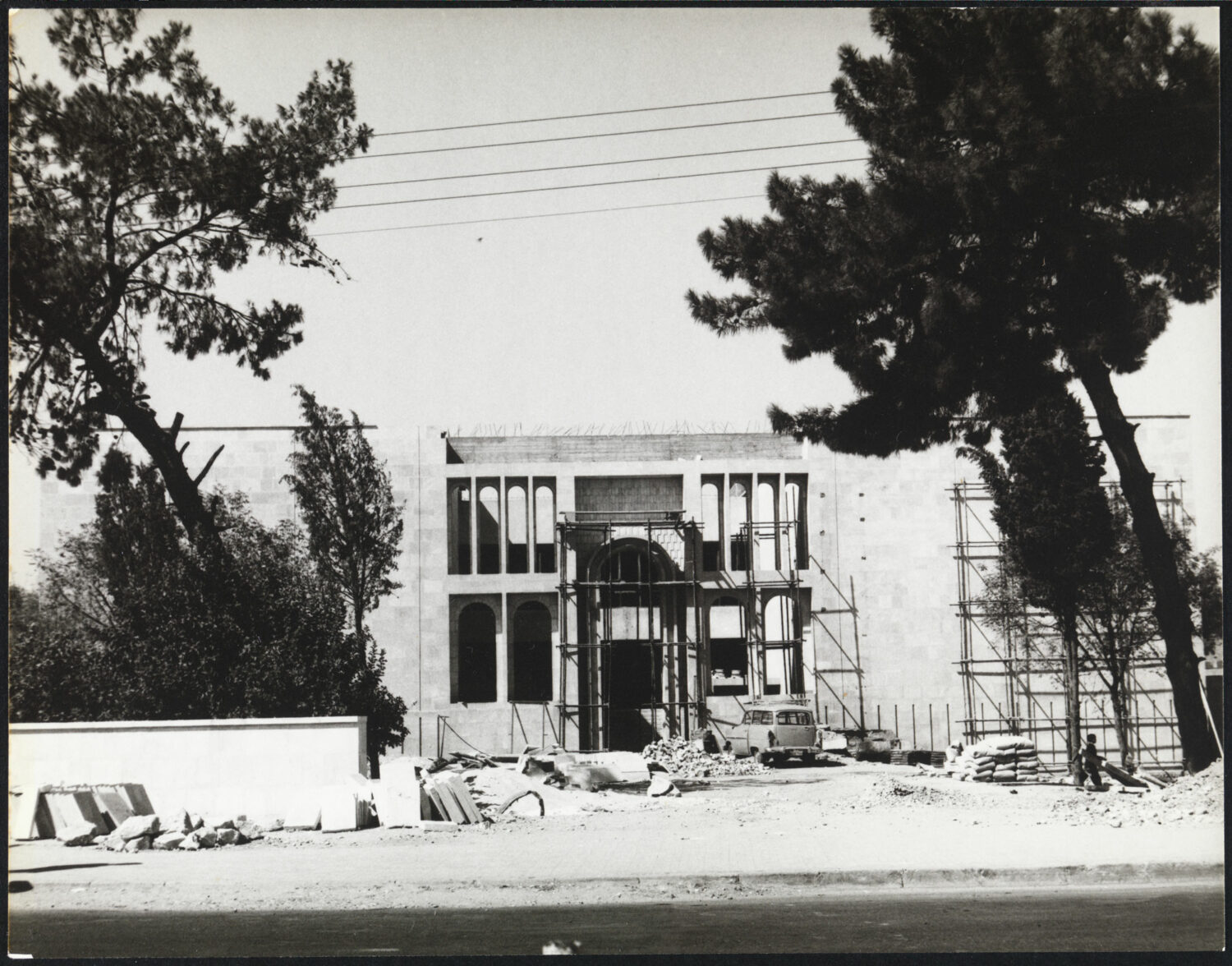
It became a regional centre on an important route connecting Baghdad and Samarra, two capitals of the Abbasid Empire, with the northern provinces and the eastern Mediterranean. The city reached the pinnacle of its influence and development under the rule of the Seljuk Zengids (Atabeg dynasty) in the 12th century AD. In subsequent centuries, the old city, surrounded by a wall until the 19th century, retained the medieval architecture and layout of its historic nucleus to which Ottoman buildings were added. Until very recently, Mosul was one of the most populous urban centres of the region, and, it was known for its places of knowledge and learning, commerce and exchanges.
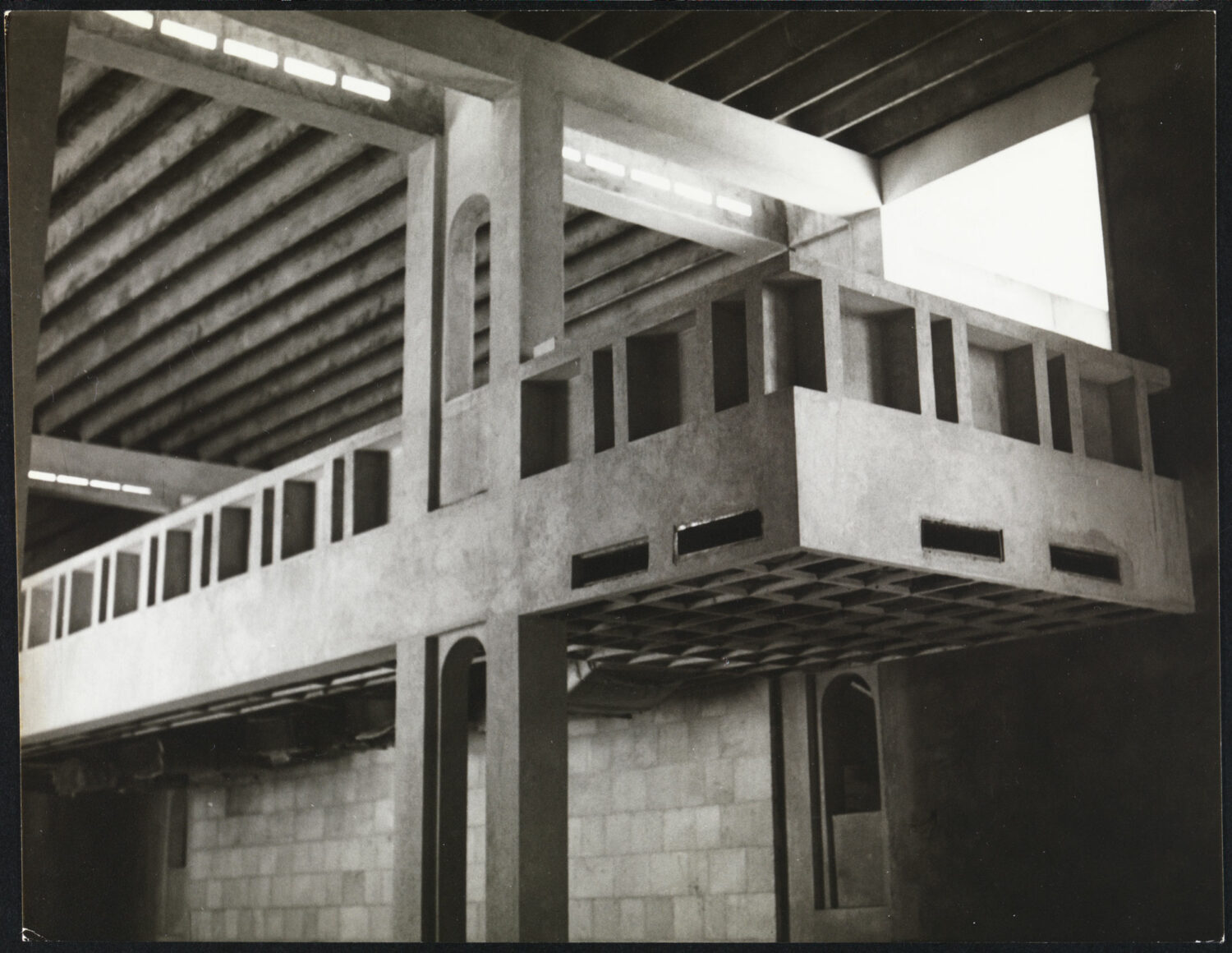
Following Mosul’s capture by Daesh in 2014, artefacts of global significance were looted and destroyed, and the Mosul Cultural Museum, designed by Iraq’s leading modernist architect, Mohamed Makiya, at the height of his career, was compromised in a deliberate attack aimed at the erasure of history and culture. Major Assyrian monumental works that were damaged or destroyed during Daesh’s attack include a colossal lion from Nimrud, two lamassu (guardian) figures, the significant Banquet Stele, and the throne base of King Ashurnasirpal II. Additionally, more than 28,000 books and rare manuscripts were tragically consumed by flames.
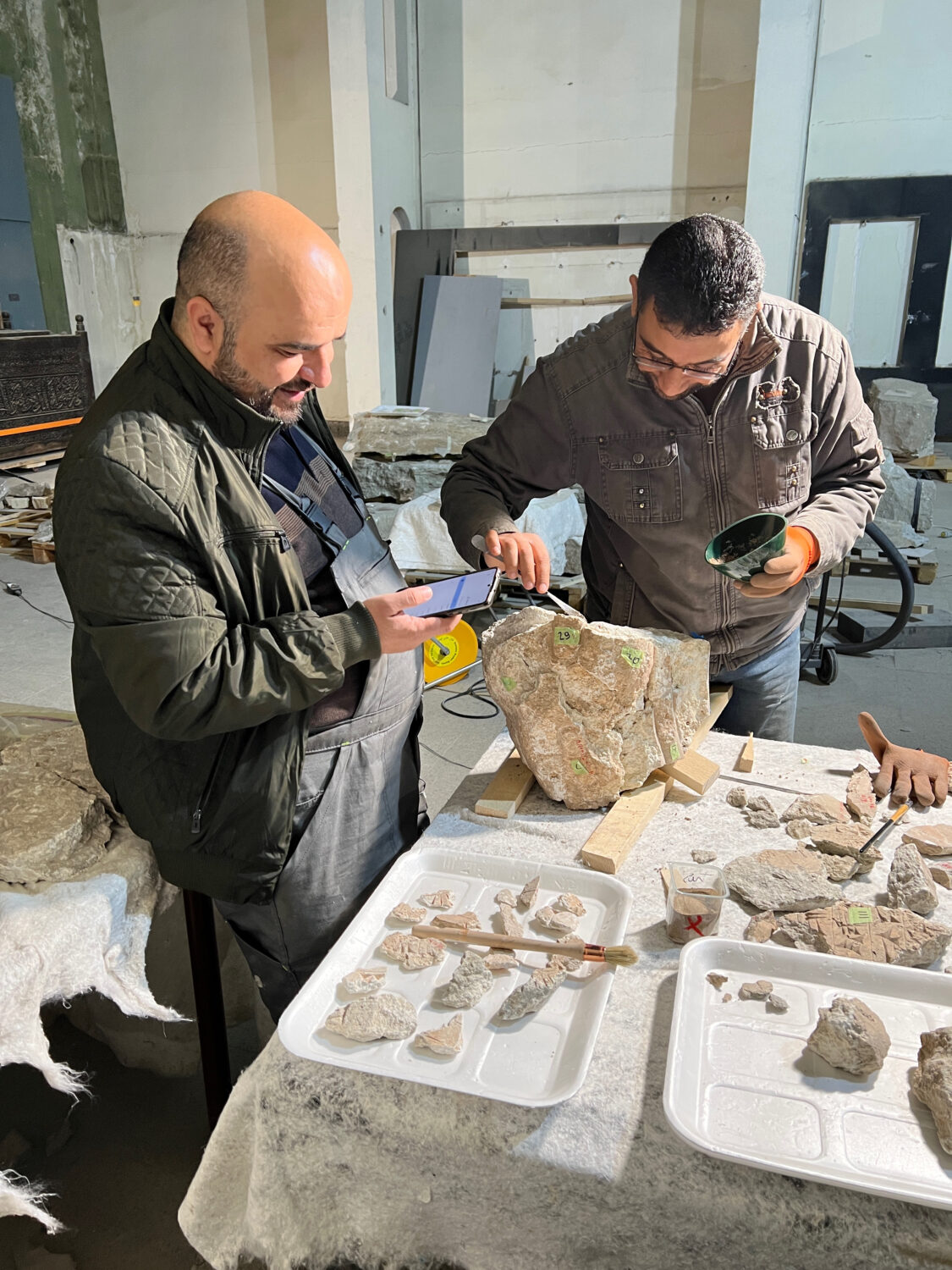
Starting work in 2018, a unique global coalition, spearheaded by the Iraqi State Board of Antiquities and Heritage (SBAH) in collaboration with the Louvre Museum, the Smithsonian Institution, and backed by the International Alliance for the Protection of Heritage in Conflict Areas (ALIPH), has been gradually resurrecting the museum. This consortium has undertaken the crucial tasks of stabilising the structure, initiating the restoration of its collections, and providing comprehensive training and necessary resources to the Mosul Cultural Museum team, enabling them to fully revitalise the site.
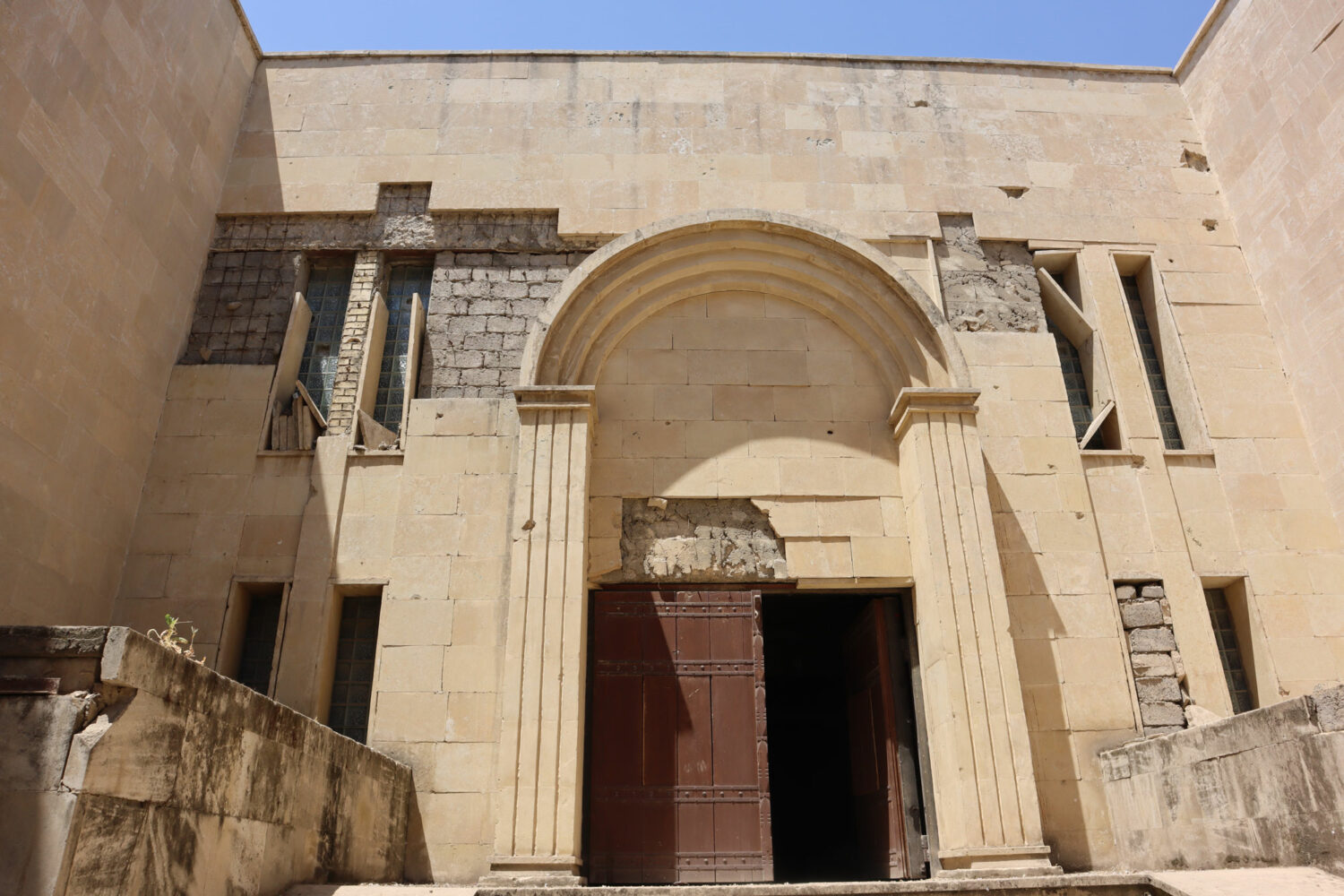
The restoration phase will honour Makiya’s original vision and has been conceived with the SBAH in collaboration with Iraqi and international experts, including London-based Donald Insall Associates, known for heritage conservation projects, led by architect Tanvir Hasan. The museum’s galleries will once again be dedicated to presenting the historical narratives of prehistory, Assyria, Hatra, and Islam, as they were originally intended. A revival of the museum’s garden will be orchestrated by the accomplished architect Dr. Jala Makhzoumi, of Lebanese-Iraqi heritage. This endeavour will reintroduce vital green space to Mosul and contribute to the city’s growing hub of green areas.
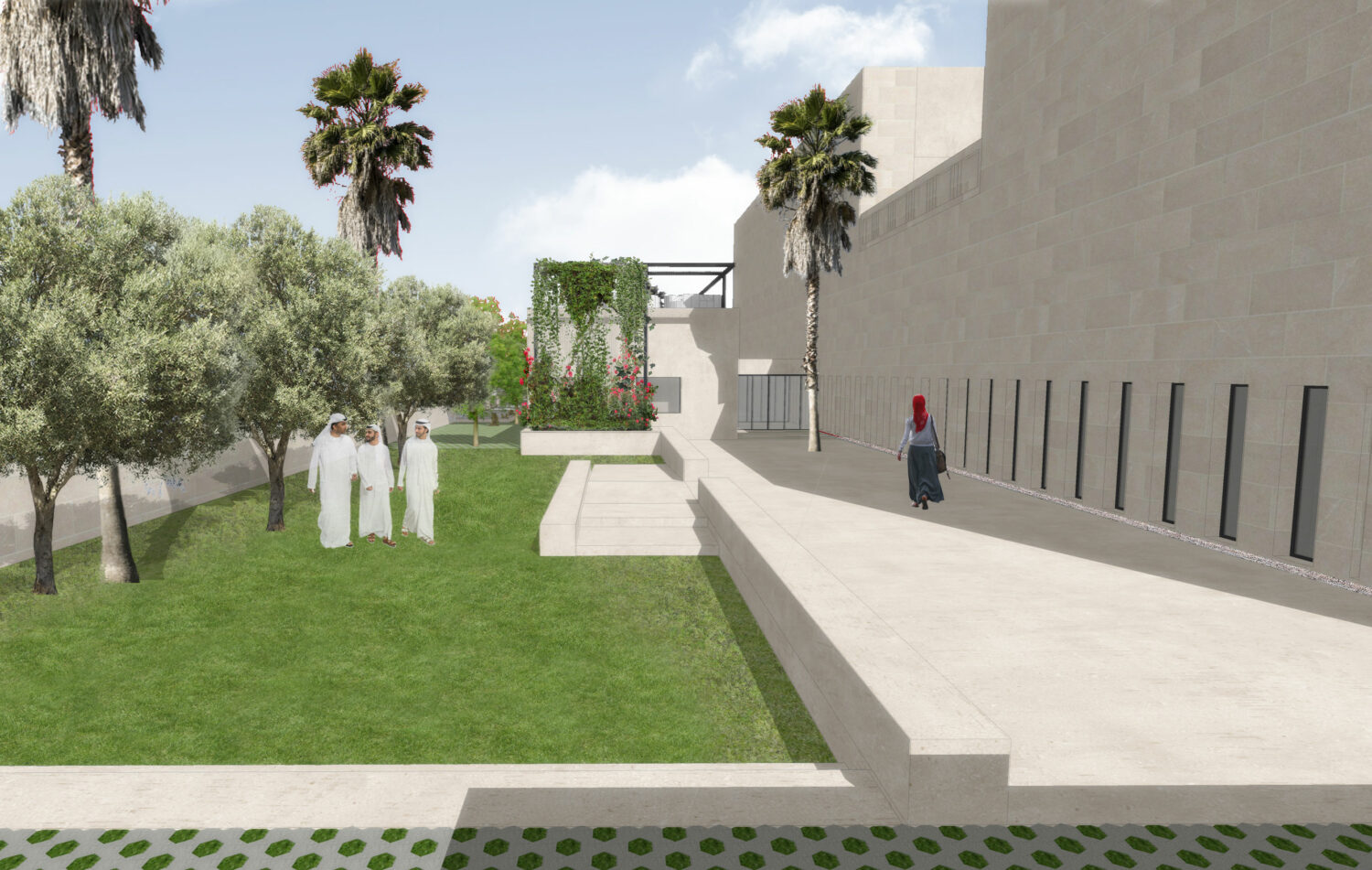
Objects on display in the museum will include many saved from destruction when they were moved to the Iraq Museum, Baghdad, before the start of the Iraq War in 2003. Additionally, gallery spaces will exhibit artefacts from ongoing archaeological excavations. To mark the exciting announcement, the exhibition The Mosul Cultural Museum: From Destruction to Rehabilitation runs in the museum’s nearby former home, the Royal Hall, and is on view until 1 June 2023. Curated by Mosul Cultural Museum’s Director, Zaid Ghazi Saadallah, in partnership with the Musée du Louvre, it follows an extensive research project drawing on the collection, documentation, texts, images, and archives.
Feature image: Mosul Cultural Museum staff documenting the damage in the Assyrian Hall (2019)